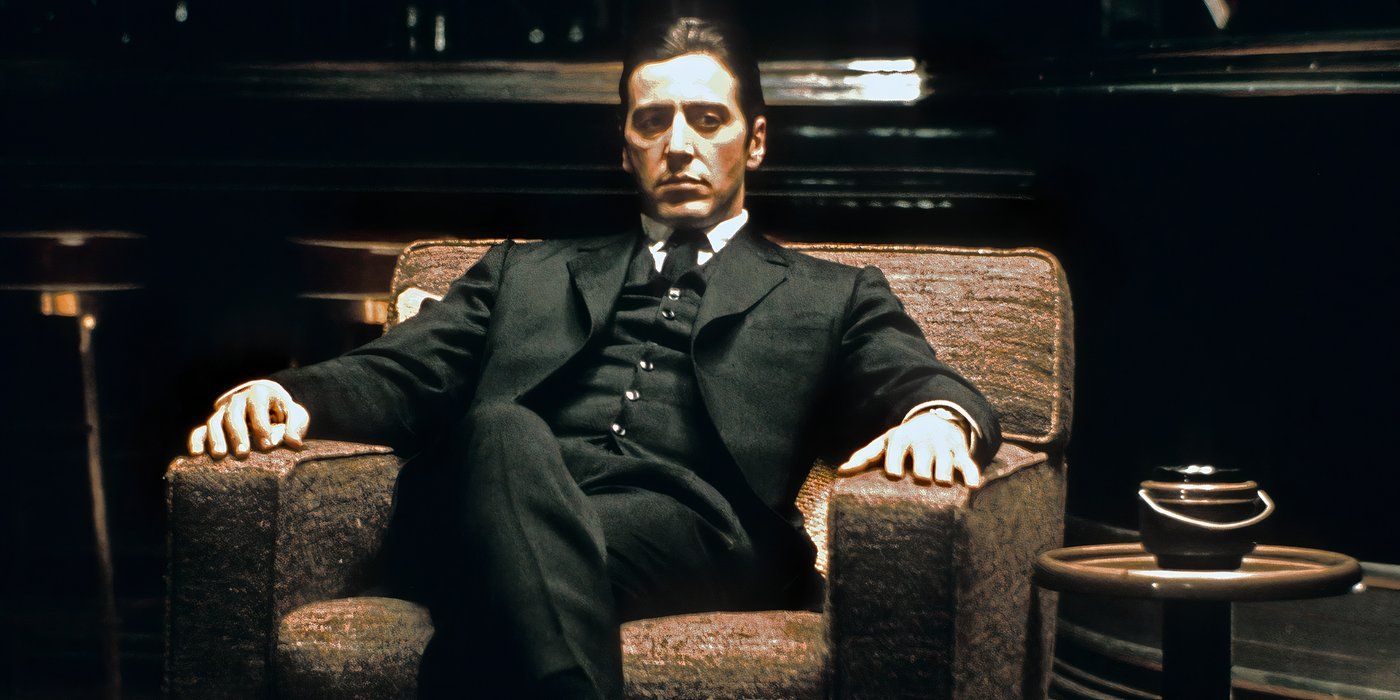Fifty-three years after its release, Francis Ford Coppola’s *The Godfather* trilogy remains a landmark achievement in film. Viewers continue to discover new details with each viewing, a testament to the trilogy’s masterful storytelling and filmmaking. The first and second films are nearly flawless, with most criticisms stemming from unanswered questions. However, many of these questions are actually addressed within the films themselves or in Mario Puzo’s original novel—sometimes subtly, and at other times in deleted scenes or commentary tracks.
If you haven’t seen the deleted scenes yet, they’re worth watching. We also highly recommend reading the original novel, as both provide extra background and understanding of the story. You’ll find answers to many questions, including why Vito took so long to gain control of Little Italy in Part II. One particularly compelling deleted scene explains Apollonia’s death and why Michael didn’t immediately seek revenge. This scene offers a different explanation than the book, and many viewers find it a more satisfying and appropriate way for Michael to resolve that part of his story.
This Deleted Scene Shows Michael Avenging Apollonia’s Death
Okay, so about halfway through *The Godfather*, after Michael makes those incredibly tough decisions with McCluskey and Sollozo, he escapes to Sicily. There, he finds some peace and marries Apollonia. But that peace is brutally shattered when Apollonia is tragically killed in a car bombing – Fabrizio, one of Michael’s own men, was responsible. The movie then cuts back to the States, focusing on Vito trying to end the family war, Michael getting more involved in the business, and his eventual reconnection with Kay. Honestly, as a viewer, it always struck me as odd how quickly Michael seemed to move on from losing Apollonia, and even more puzzling that he never sought revenge for her death. It felt like a major plot point that was never fully addressed, and a lot of fans have wondered about it over the years.
The explanation for what happened is revealed in two scenes that didn’t make the final cut of the movie. In the first, from the first part of the film, Michael wakes up in a hospital after the explosion and immediately asks about Apollonia. When he learns she died, he demands they find Fabrizio. The second scene, from the second part, shows Al Neri telling Michael who killed his wife: a man now calling himself Fred Vincent, who owns a small pizza shop in Buffalo, is married to an American woman with two children, and is living in the country illegally with the help of the Barzini family. Later, Fabrizio is shown innocently closing up his shop, heading to his car, and is killed when a bomb explodes as he starts the engine.
This Deleted Scene Differs From The Godfather Book
In the novel, Fabrizio is killed before the family moves to Las Vegas, and his death isn’t presented as having a deeper meaning. Around the end of Chapter 31, Michael learns that Fabrizio is living a new life and owns a pizza shop. He then sends some men to kill him. When they arrive, one of the men taunts Fabrizio before asking him to reveal a tattoo on his chest. After confirming the tattoo, the man shoots Fabrizio multiple times in the chest and then executes him with a gunshot to the head, saying, “Fabrizio, Michael Corleone sends you his regards.”
Although Michael simply sending his regards to Fabrizio feels like a neat resolution, and Fabrizio’s slow death is unpleasant, it doesn’t have the same emotional impact as a removed scene. The film’s version is stronger because Fabrizio dies similarly to Apollonia, creating a powerful parallel. The Corleone family usually only responds with violence when their business is threatened – Michael killed Sollozo because he targeted the family, and Sonny was killed to escalate the gang war. While Fabrizio’s actions were related to business, they didn’t directly harm the Corleone’s operations. They were a personal offense to Michael. This makes the film’s portrayal more appropriate, as the book’s version feels like a routine hit. This needed to be personal; it had to be clear this wasn’t just another business decision for Michael.
The Godfather Trilogy Still Works Without Its Deleted Scenes
It’s hard to say whether the decisions made during the creation of this cinematic masterpiece were simply ‘correct’ or ‘incorrect.’ The trilogy remains incredibly successful, earning praise from critics and audiences alike. Considering how many problems, revisions, and doubts surrounded the making of the first film, it’s amazing that it became one of the most celebrated movies of all time. Coppola consistently follows his creative vision, and that trust resulted in a crime story unlike any other.
Any weaknesses people find in *The Godfather* films are minor compared to their overall greatness, and Francis Ford Coppola’s editing choices were well-considered. This deleted scene, for example, was cut because it was too violent. A similar scene of Michael killing Fabrizio, originally filmed in a pizzeria, was removed for the same reason, though a promotional still was released. These decisions were about maintaining the right mood, speed, and how the audience would react. Later, when fans saw the scene included in the TV version of the film—with Fabrizio dying in a car bombing instead—they could finally see the full force of Michael’s revenge.
Read More
- Where Winds Meet: March of the Dead Walkthrough
- Mark Wahlberg Battles a ‘Game of Thrones’ Star in Apple’s Explosive New Action Sequel
- Physical: Asia fans clap back at “rigging” accusations with Team Mongolia reveal
- Invincible Season 4 Confirmed to Include 3 Characters Stronger Than Mark Grayson
- LTC PREDICTION. LTC cryptocurrency
- November 2025 Movie Releases: Predator, Wicked, & More
- Fionna and Cake Season 2 Confirms Finn & Huntress Wizard’s Relationship Status (But It Probably Won’t Last)
- EUR AUD PREDICTION
- T1 beat KT Rolster to claim third straight League of Legends World Championship
- Myriad Celestia Trailer — “Exotale: Scene 8” | Honkai: Star Rail
2025-10-06 20:06
